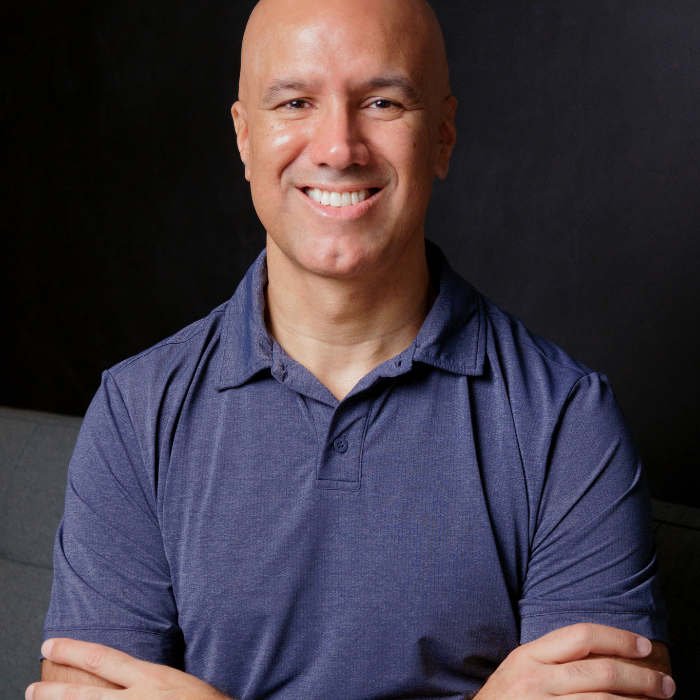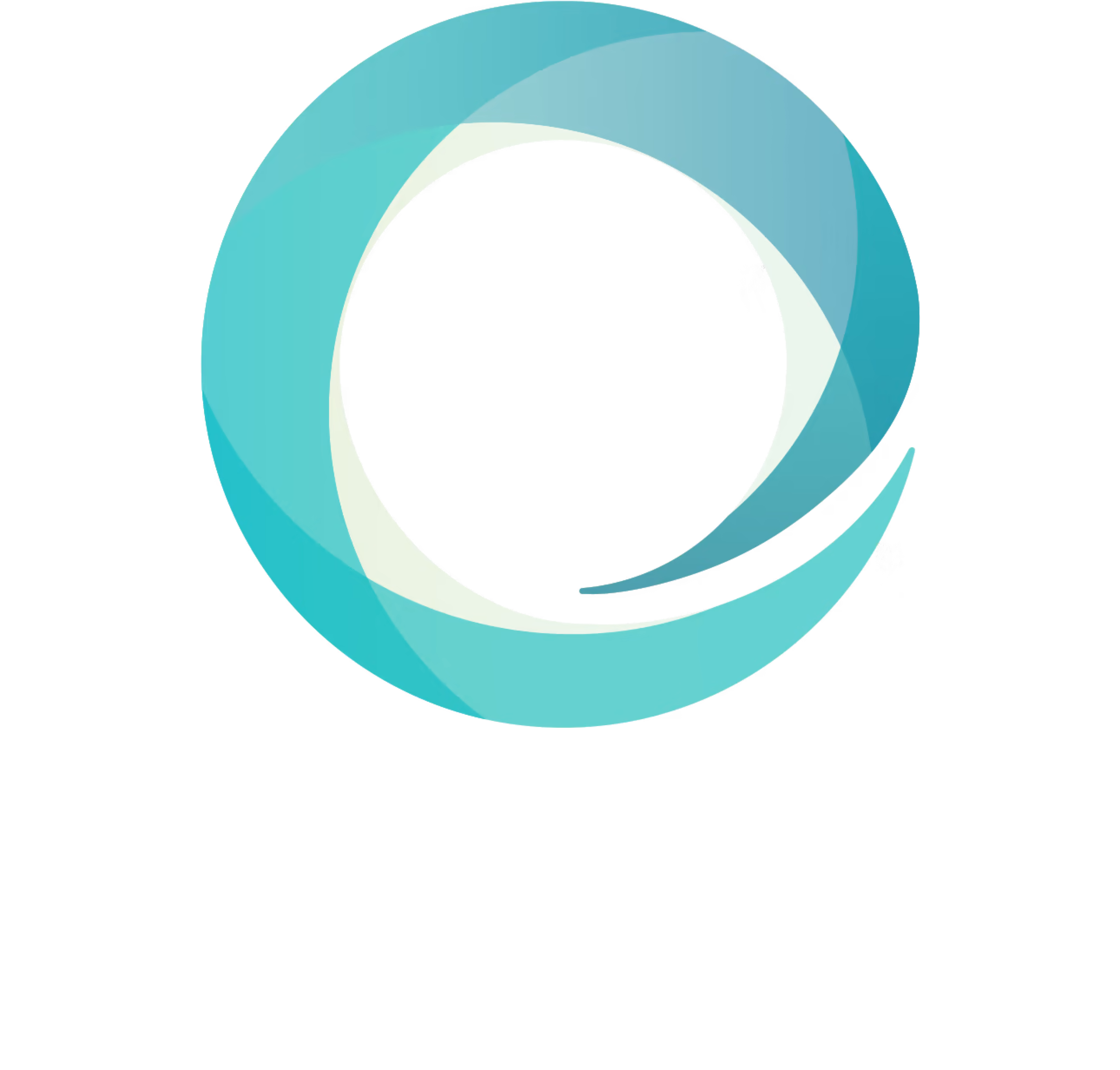“What is the most resilient parasite? Bacteria? A virus? An intestinal worm? No.. It's an idea. Resilient… highly contagious. Once an idea has taken hold of the brain it's almost impossible to eradicate. An idea that is fully formed — fully understood — that sticks; right in there somewhere." Cobb (Leonardo DiCaprio — Inception)
If “The Wolf of Wall Street” is an ode to the sales machine, “Inception” is a tribute to the product machine. In it, Leonardo DiCaprio does what every product manager dreams of: entering his customers' dreams and stealing all their secrets in order to develop the perfect product.
And every investor's dream is to find the perfect product. After all, every great company starts with a great product. But not every great product makes a great company. Building a great company requires mastering a series of gears (machines), each one more difficult than the other. Morgan Housel of Collaborative Fund calls this set the Hierarchy of Profit:

But to get there, we need to start with the perfect product. And what is a great product, after all?
The perfect product
There are numerous definitions of what the components of a killer product are. But for us, a great product has five features:
- A clear and perceived value proposition: an awesome product has awesome positioning – it fits right into people's heads, who immediately understand what it is, how it works and how much it's worth. This is the result of in-depth knowledge of how the consumer's mind works and what references are in it. This is reflected in the product's design, the images associated with it, and the text that describes it. Awesome positioning is not just the starting point for great products, but for the best vending machines and the best corporate cultures. Positioning lets everyone know the focus, direction and purpose. Is it possible to hire an agency to help with positioning? Yes, it is. But positioning comes as the result of a lot of blood, sweat and tears from the founders; either because they have 10,000 hours of experience with the client's needs or because they're archaeologists who don't give up looking for what's buried deep inside. To get started, read Positioning by Al Ries and anything you can by April Dunford and hire an agency or individual with scripting/storytelling experience to help you;
- Fun to use: design is the profession of the future. In short, a role that is likely just as or more important than the technical co-founder and one of the only techniques capable of creating a competitive advantage. Every fun-to-use product has a designer behind it — someone with a profound understanding of human behavior and how the five senses interact when we use a product. Do you know the difference between an easy-to-open door and one in which you don't know where to start? Or that odd symbol on the bathroom door that you never know whether it's male or female? That's the difference between a product that's fun to use and one that…well…you get the idea. The list of recommendations is long (10,000 hours!), but you can get started with Don Norman;
- Essential: an amazing product solves an important problem. It has no adequate substitutes (whether functional, emotional or social) and has to be used frequently (the toothpaste thing). It's easy to know when a product is indispensable: take away your child's pacifier and see what happens. To build something indispensable, you need to discover a habit or become one. You can start with Nir Eyal's Hooked or dive into the concepts of Behavior Design.
- It makes my life better: the perfect product has an unquestionable return on investment (ROI). I spend less time in my life dealing with the problem. I save money over other alternatives. I get to do much more than I used to before. Whether it's a consumer product, a business service or a platform. Every customer wants a better life (ROI). A good product manager knows how to catalogue a customer's value levers, how to prioritize features that will impact the ROI and how to prove this return;
- It doesn't let me down: great products are the combination of top-notch (unfailing) engineering and an irrational concern and respect for the customer — if it fails, the product is repaired or fixed with minimal friction, or else immediately replaced. This is a trait that emanates directly from an enlightened despot — the founder/CEO who is Unusually Excellent.
How do I know if it's a perfect product?
Some people say that the perfect product is like love: you know it when you see it… except not really. But it is possible to touch (metrics) and see (architecture) the perfect product.
To touch it, just look at the evolution of five key metrics of great products: i) reach, or how many people use the product, ii) depth — is it toothpaste?, iii) time that passes using it, iv) efficiency — does the product work? and v) do people recommend the product? The higher these five metrics, the better.
And in order to see it, we have to look at how the features are distributed within the systems of business rules. When it comes to product architecture (both physical and digital), usually three major layers are addressed: interface, business rules and database. And while all are important for a harmonious architecture, it is in the arrangement of the business rules that we find the biggest challenges and inconsistencies.
The clearer the understanding of the main system of business rules, the deeper and more efficient the product. In general, there are six types of systems:
- Registry systems: these are products whose main function is to store information (i.e Salesforce CRM);
- Work systems: these are solutions that promote a workflow, facilitating the chain of work tasks (i.e. Kanban — Trello);
- Communication systems: these are platforms that allow users to communicate (i.e. Slack, Whatsapp);
- Intelligence systems: these are products that allow for the analysis of data from other systems (i.e. Klipfolio);
- Transaction systems: they're solutions that allow users to sell or perform some type of transaction (i.e. payment methods, ecommerce tools);
- Integration systems: they're products whose main function is to connect features between different environments (i.e. APIs).
Big products have consistency of purpose and the functionalities are therefore clustered around big themes in a coherent way. Of course, throughout the journey, the product evolves and encompasses several systems, but this always happens in a gradual and sequential manner (see On the path to conquering the universe).
How do you build a great product?
Every great product starts with a very clear milestone for success. Indeed, customer success is the starting point for building a great product. The faster the value is perceived by consumers when using the product, the more guided they are in achieving this and the next milestones for success, the more engaged they are.
And from that milestone for success, the product takes one step forward and one step back in the customer journey. But these advances (new features) are generally anchored within a harmonious and scalable architecture.
The best products are developed from mental models of products and that mental model becomes clear when we explore: i) the history of how the product was built (where the ideas for the features came from, how they were chosen, how they were developed), ii) the speed of iteration (how fast the product evolves with new features, its mutations and even its mortality) and iii) the processes, tools and organization of the team (how things operate on a day-to-day basis).
Perfect products don't happen by accident. They are born from consistent playbooks, knowledge of cause and tons and tons of curiosity. And when you create a great product, it sticks and persists more than a parasite, a bacteria or a virus. What's the origin of your perfect product?












